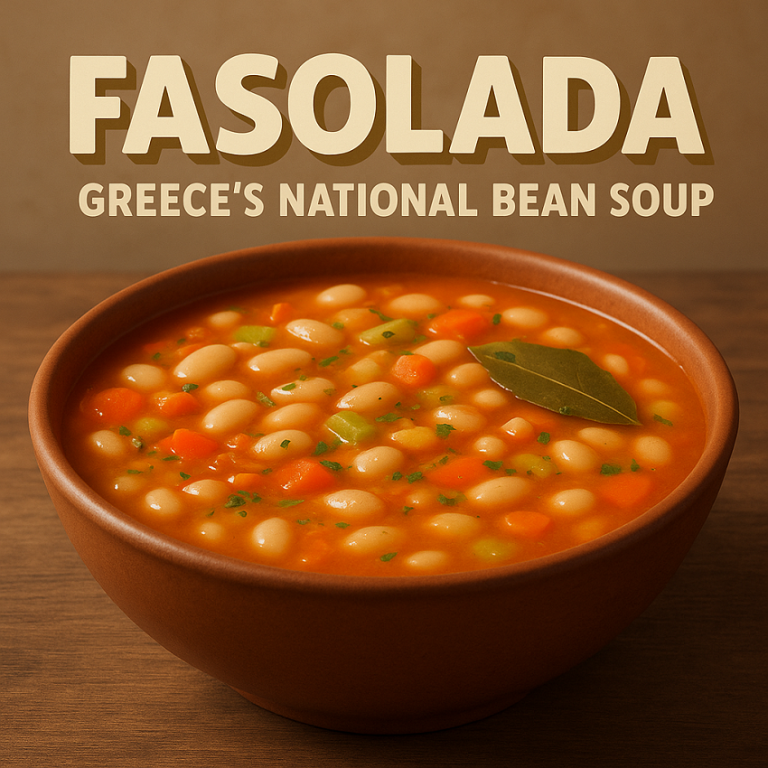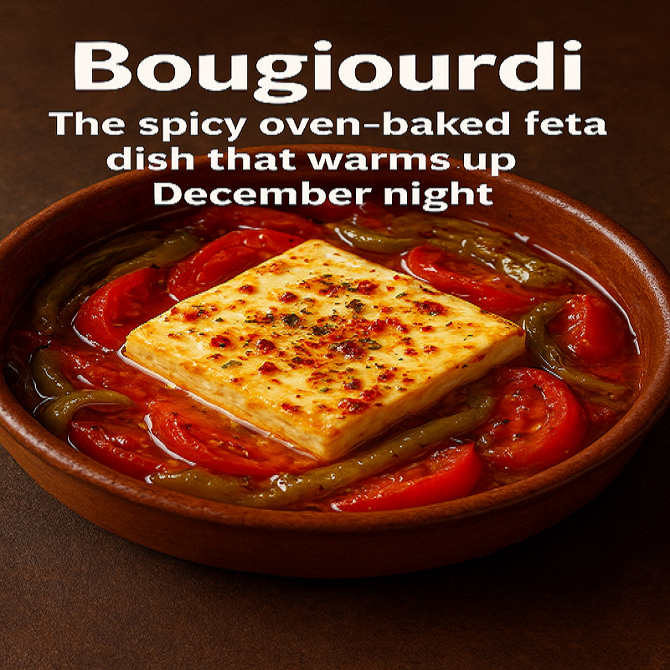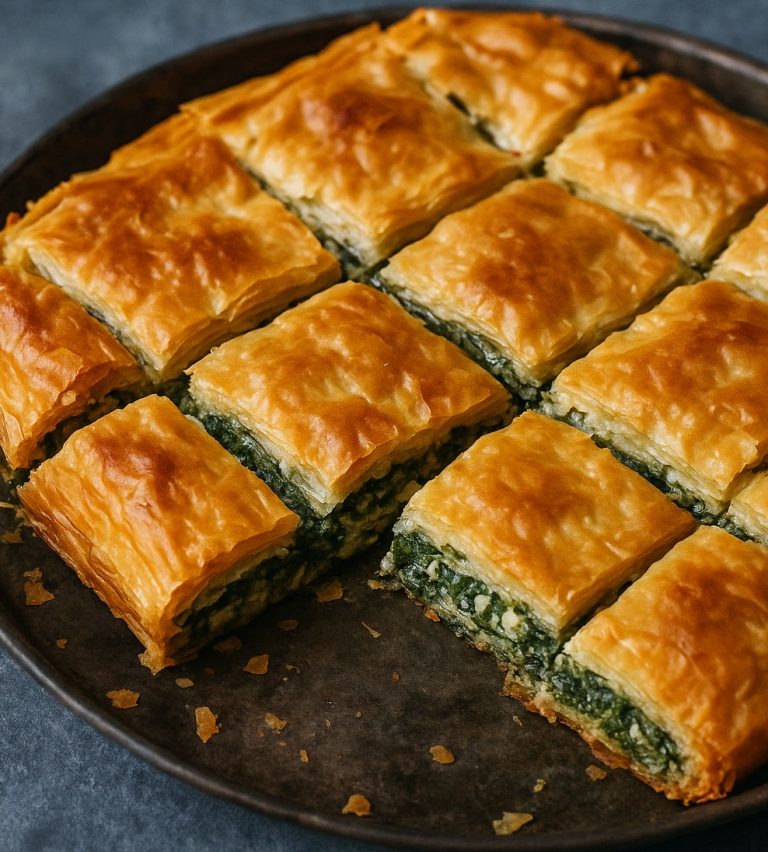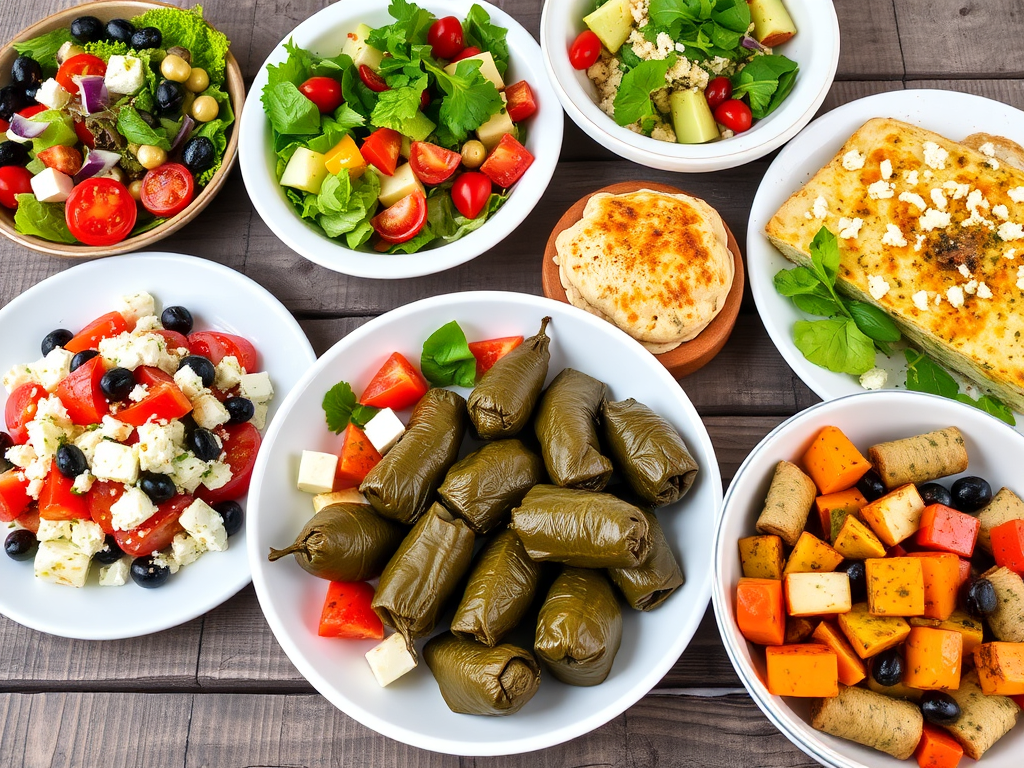
Greek cuisine is celebrated for its vibrant flavors, fresh ingredients, and wholesome dishes. While traditional Greek recipes often include meat and dairy, there are plenty of delicious vegetarian and vegan options that capture the essence of this diet. In this article, we’ll explore some classic Greek recipes, their cultural significance, and tips for preparing them at home.
The Richness of Greek Cuisine
Greek food is deeply rooted in history and tradition, often reflecting the agricultural bounty of the Mediterranean landscape. Staples such as olive oil, fresh vegetables, grains, and legumes are featured prominently. The use of herbs like oregano, dill, and mint adds layers of flavor, making even simple dishes extraordinary.
The Importance of Fresh Ingredients
Freshness is key in Greek cooking. Many dishes are seasonal, highlighting the best produce available at different times of the year. Visiting local markets can inspire creativity in the kitchen, allowing you to adapt recipes based on what’s in season.
1. Greek Salad (Horiatiki)
Ingredients:
- 2 large tomatoes, diced
- 1 cucumber, sliced
- 1 bell pepper, sliced
- 1 red onion, thinly sliced
- Kalamata olives
- Extra virgin olive oil
- Red wine vinegar
- Dried oregano
- Salt and pepper
Instructions:
- In a large bowl, combine the tomatoes, cucumber, bell pepper, and onion.
- Add olives and season with salt, pepper, oregano, and a drizzle of olive oil and vinegar.
- Toss gently and serve immediately, ideally with crusty bread.
Tips:
- Use ripe, juicy tomatoes for the best flavor.
- Feta cheese can be added for a vegetarian option if desired.
2. Spanakopita (Spinach Pie)
Ingredients:
- 1 package of phyllo dough (vegan-friendly)
- 1 large onion, chopped
- 2 cloves garlic, minced
- 500g fresh spinach (or frozen, thawed and drained)
- 200g tofu (crumbled)
- 1/4 cup fresh dill, chopped
- 1/4 cup parsley, chopped
- Salt and pepper
- Olive oil
Instructions:
- Preheat the oven to 375°F (190°C).
- In a pan, sauté onion and garlic in olive oil until soft. Add spinach and cook until wilted. Remove from heat.
- Stir in crumbled tofu, dill, parsley, salt, and pepper.
- Layer phyllo sheets in a greased baking dish, brushing each layer with olive oil. Spread the spinach mixture on top and cover with more phyllo layers.
- Bake for about 30-40 minutes or until golden brown. Let cool before serving.
Tips:
- For a richer flavor, consider adding a pinch of nutmeg to the filling.
- Serve with a side of tzatziki for a refreshing complement.
3. Fava (Yellow Split Pea Purée)
Ingredients:
- 1 cup yellow split peas
- 1 onion, chopped
- 2 cloves garlic, minced
- 3 cups vegetable broth
- Lemon juice
- Olive oil
- Salt and pepper

Instructions:
- Rinse the split peas and place them in a pot with chopped onion and garlic.
- Add vegetable broth and bring to a boil. Reduce heat and simmer for about 30 minutes until soft.
- Blend the mixture until smooth. Season with salt, pepper, and lemon juice to taste.
- Drizzle with olive oil before serving. Enjoy with pita bread or as a dip.
Cultural Significance:
Fava is often served as an appetizer or meze, showcasing the importance of communal dining in Greek culture.
4. Briam (Greek Roasted Vegetables)
Ingredients:
- 2 zucchinis, sliced
- 2 potatoes, diced
- 1 eggplant, diced
- 2 bell peppers, sliced
- 4 tomatoes, chopped
- 1 onion, sliced
- Olive oil
- Dried oregano
- Salt and pepper
Instructions:
- Preheat the oven to 400°F (200°C).
- In a large baking dish, combine all the vegetables.
- Drizzle with olive oil, and season with oregano, salt, and pepper. Toss to coat.
- Roast for about 45 minutes, stirring occasionally, until the vegetables are tender and caramelized.
Tips:
- Add a sprinkle of feta cheese for a vegetarian twist.
- This dish can be served warm or at room temperature, making it versatile for gatherings.
5. Vegan Moussaka
Ingredients:
- 2 eggplants, sliced
- 3 potatoes, sliced
- 1 onion, chopped
- 2 cloves garlic, minced
- 1 can lentils, drained
- 1 can diced tomatoes
- Olive oil
- Cinnamon, salt, and pepper
- 1 cup almond milk
- 3 tablespoons flour
- Nutritional yeast (optional)
Instructions:
- Preheat the oven to 375°F (190°C).
- Sauté onion and garlic in olive oil. Add lentils, tomatoes, cinnamon, salt, and pepper. Cook for 10 minutes.
- Layer sliced potatoes, then eggplant, followed by the lentil mixture in a baking dish.
- For the béchamel, whisk flour into almond milk over medium heat until thickened. Season and pour over the top layer.
- Bake for 45 minutes until golden and bubbly.
Serving Suggestions:
Moussaka pairs beautifully with a fresh salad or a side of roasted vegetables, enhancing the meal’s overall flavor profile.
6. Dolmas (Stuffed Grape Leaves)
Ingredients:
- 1 jar grape leaves
- 1 cup rice
- 1 onion, chopped
- 2 cloves garlic, minced
- 1/2 cup pine nuts
- 1/4 cup fresh mint, chopped
- 1/4 cup fresh dill, chopped
- Lemon juice
- Olive oil
- Salt and pepper
Instructions:
- Rinse grape leaves and set aside.
- In a pan, sauté onion and garlic in olive oil. Add rice, pine nuts, and herbs. Season with salt, pepper, and lemon juice.
- Place a spoonful of the mixture on each grape leaf and roll tightly.
- Arrange in a pot, cover with water, and simmer for about 30-40 minutes until rice is fully cooked.
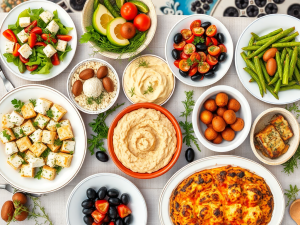
Cultural Note:
Dolmas are often served as appetizers and are a staple at many Greek celebrations, symbolizing hospitality and abundance.
Conclusion
These vegetarian and vegan Greek recipes are not only easy to prepare but also rich in flavor and nutrition. They showcase the best of Greek culinary traditions while being adaptable to modern dietary preferences. Whether you’re hosting a dinner party or simply looking to enjoy a wholesome meal, these dishes will transport you to the sun-soaked shores of Greece. Enjoy the fresh ingredients and vibrant tastes that make Greek cuisine truly special!
Final Tips for Cooking Greek Dishes
- Use Fresh Herbs: Fresh herbs are a hallmark of Greek cuisine. Don’t hesitate to experiment with different herbs to enhance your dishes.
- Quality Olive Oil: Invest in good quality extra virgin olive oil; it makes a significant difference in taste.
- Practice Patience: Many Greek dishes, especially those that involve layering (like moussaka), benefit from resting before serving, allowing flavors to meld.
By embracing these recipes, you can enjoy the delicious and healthy aspects of Greek cuisine while catering to vegetarian and vegan diets. Happy cooking.
